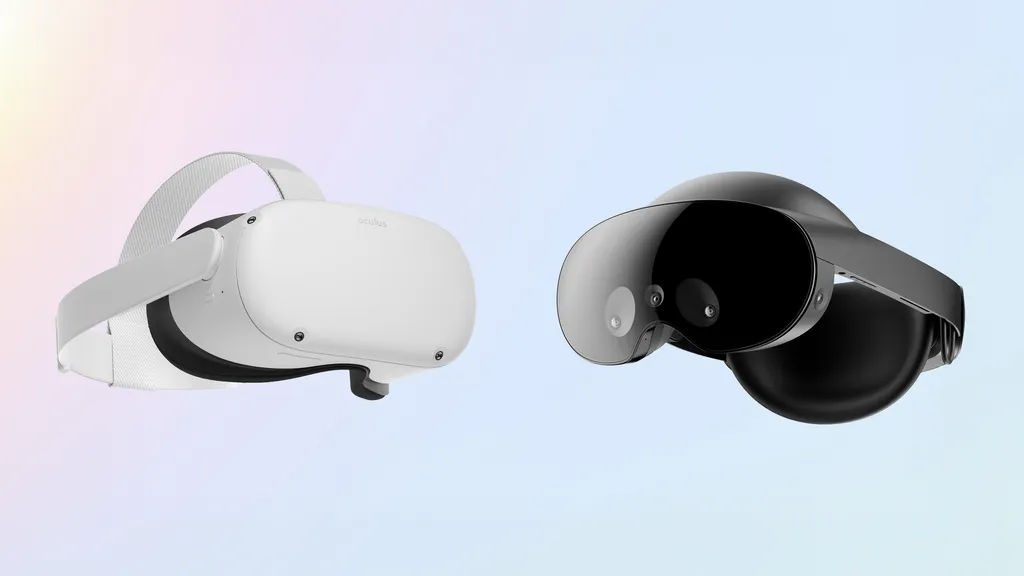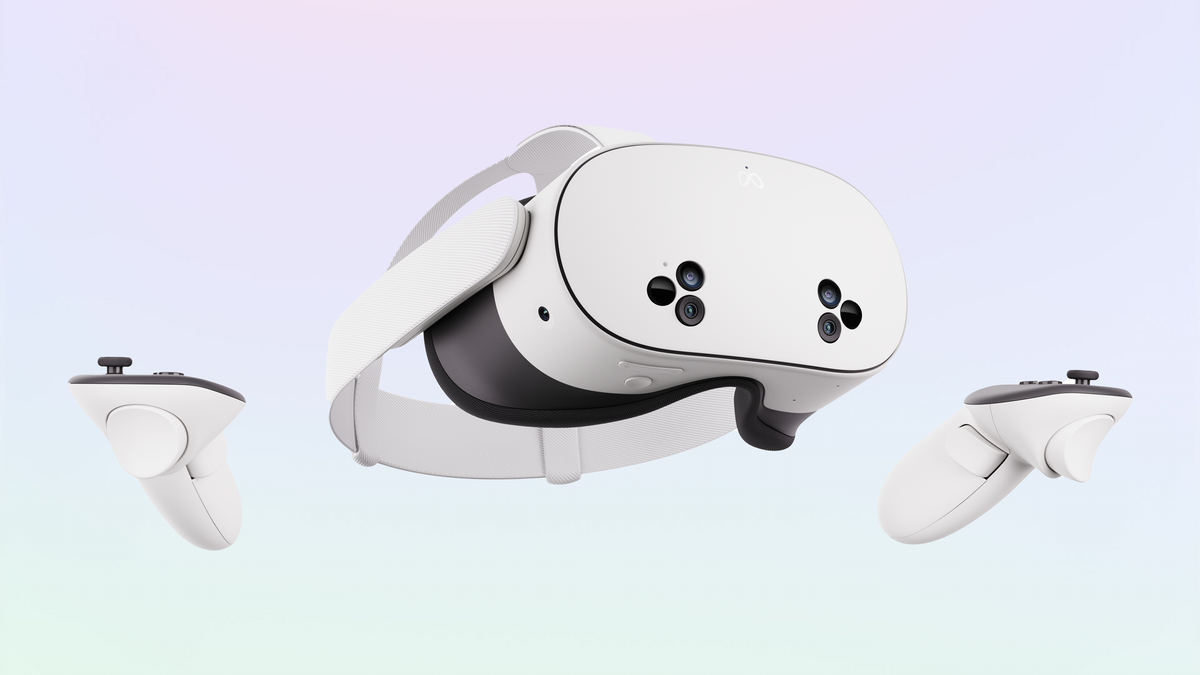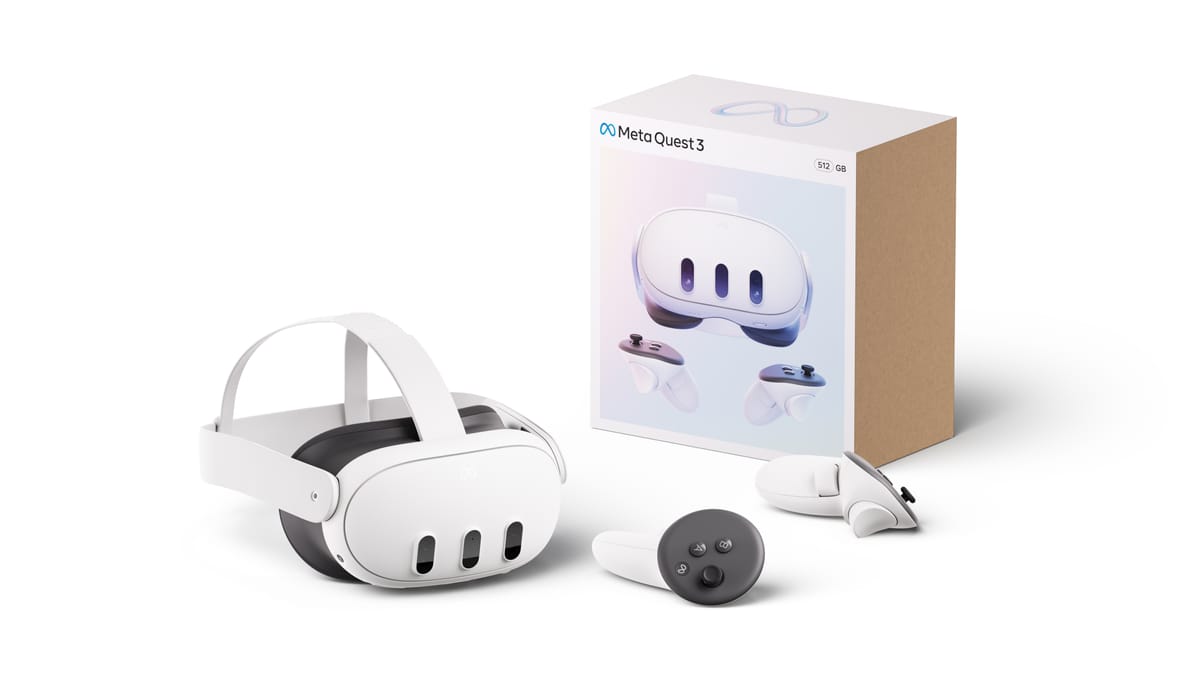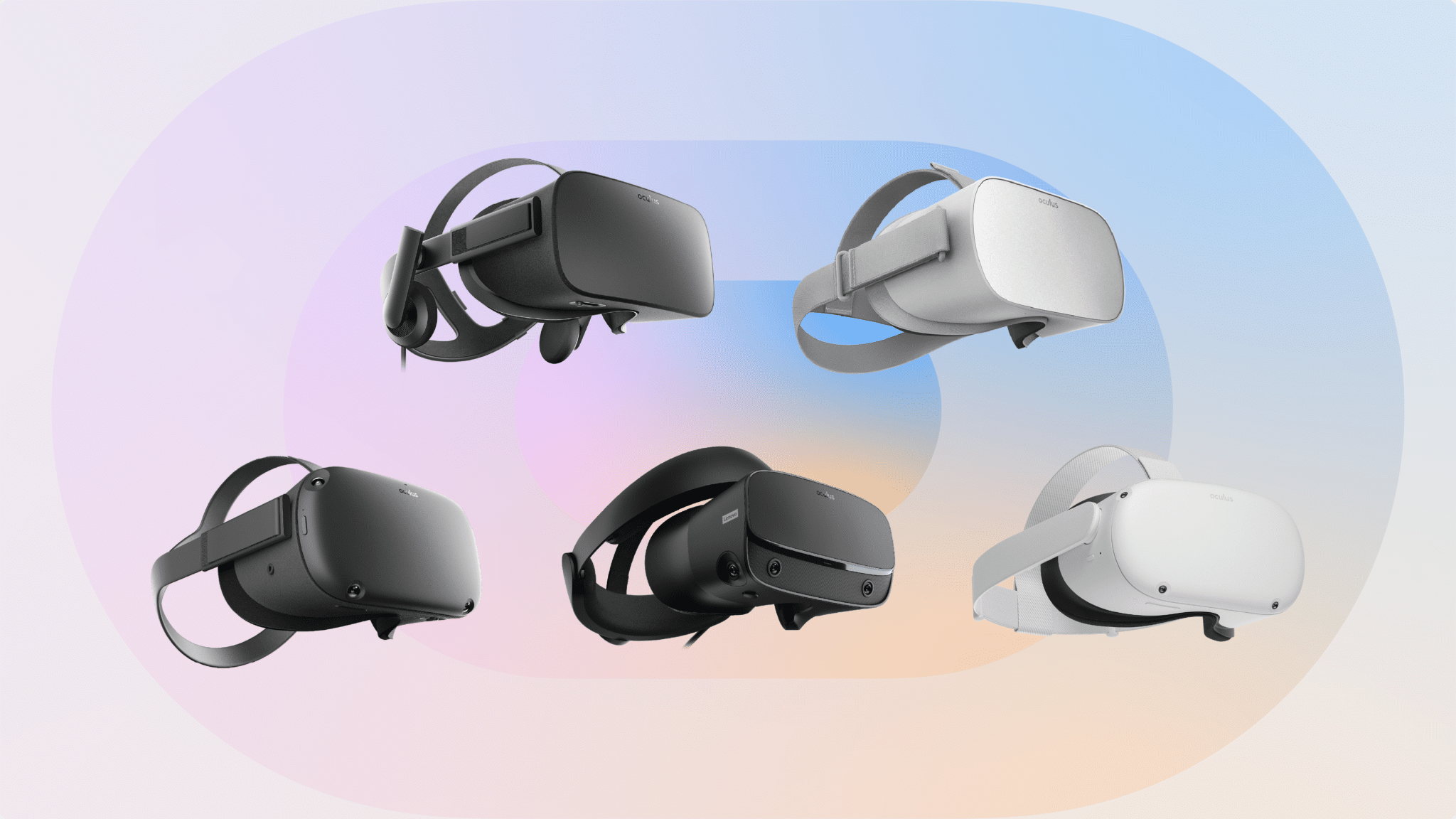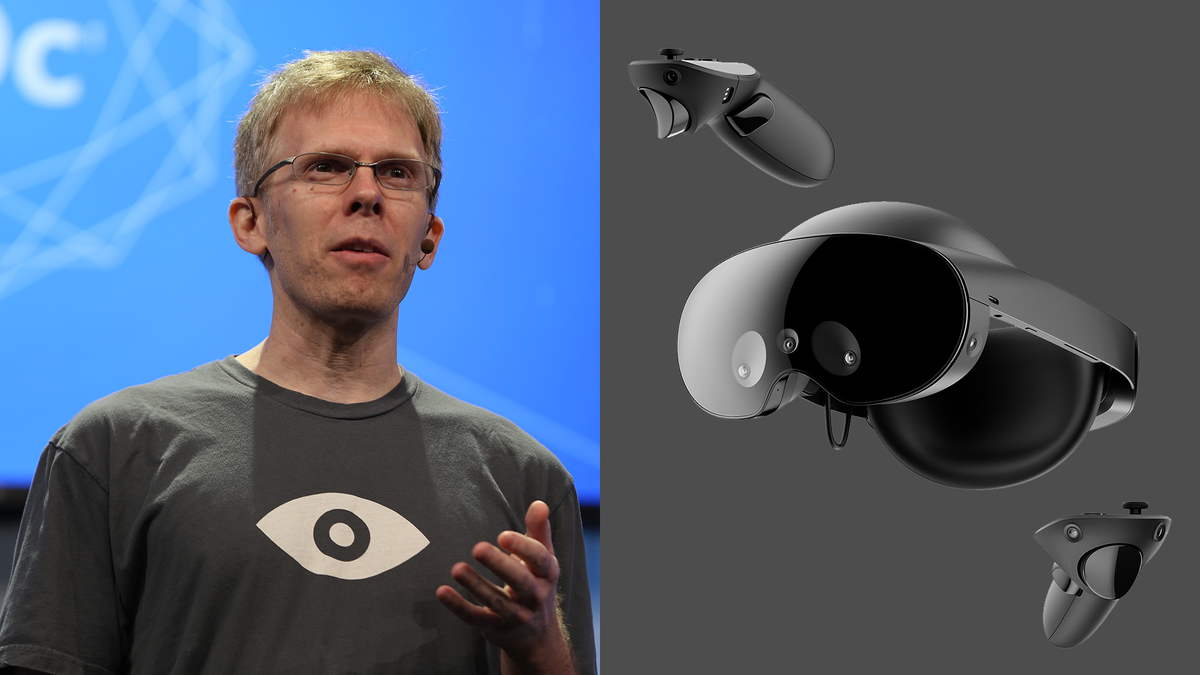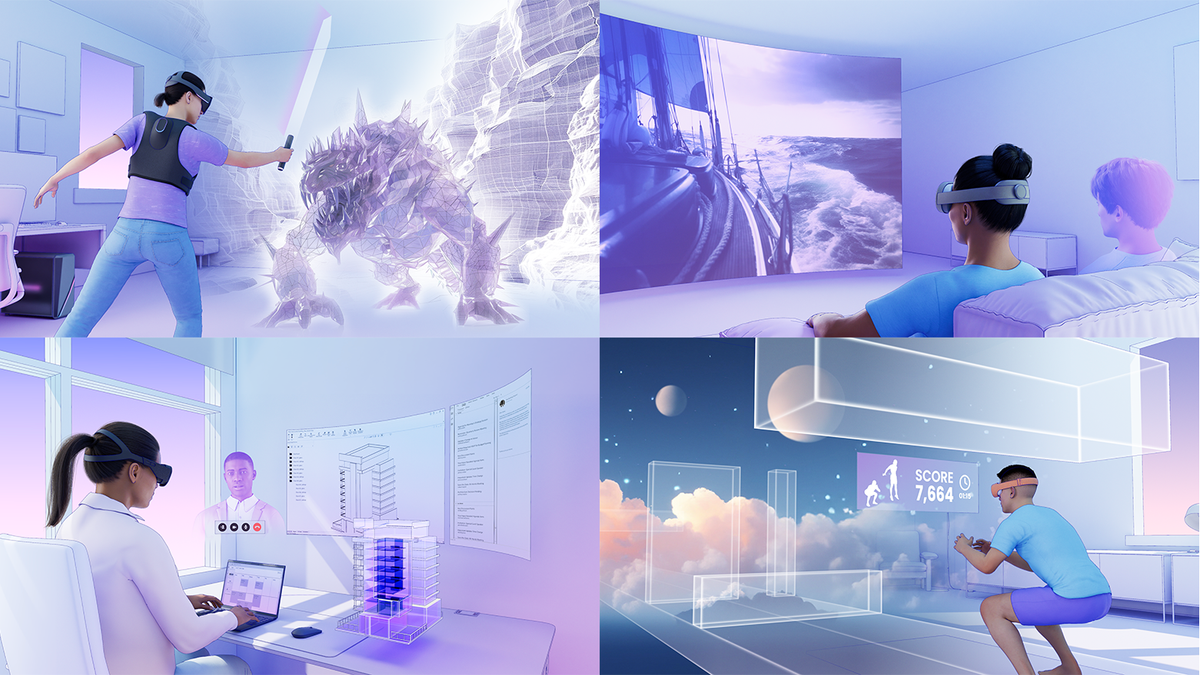Quest 2 and Quest Pro will no longer be available when stock runs out or at the end of the year, whichever comes first.
Meta made the announcement today at Meta Connect 2024. It comes as the company officially revealed and opened preorders for Quest 3S, starting at $300, and announced that it's also discontinuing the 128GB Quest 3 after cutting the price of the 512GB Quest 3 model to $500.
When Quest 2, Quest Pro, and the 128GB Quest 3 are gone, Meta's headset lineup will be simplified to:
- Quest 3S (128GB): $300
- Quest 3S (256GB): $400
- Quest 3 (512GB): $500
Quest 2: The First Mainstream VR Headset
Quest 2 launched in 2020 with a remarkable proposition: a twice as powerful chipset and higher resolution than the original Oculus Quest at a $100 lower price.
Sure it also lost the OLED and precise lens separation adjustment of its predecessor, but this didn't seem to matter much as the improved graphics and $300 price point propelled Quest 2 to a level of success no other VR headset has reached before or since.
Quest 2 outsold all its predecessors combined within 6 months of being on sale. Meta has now shipped an estimated 20-30 million Quest 2 units through its four years on the market, similar to the number of Xbox Series X/S consoles sold so far.
The first major standalone VR games to not support Quest 2 are launching soon, but many other VR apps will likely support Quest 2 for many years to come, and Quest 2's lenses and display will live on in Quest 3S.
Quest Pro: A Pioneering Failure
Building on the success of Quest 2, two years later Meta hoped it could introduce a high-end Quest to serve enthusiasts and businesses.
Quest Pro launched in 2022 at $1500. It featured Meta's first pancake lenses, QD-LCD displays with Mini-LED local dimming, eye tracking, face tracking, a battery in the rear of the strap, and ringless self-tracking Touch Pro controllers.
In many ways Quest Pro was a pioneering headset. But in others it was lacking.
By the time Quest Pro launched, leaks of a Quest 3 arriving a year later with a twice as powerful chipset at half the price had already emerged, severely dampening the headset's value proposition.
Further, Quest Pro's underwhelming resolution, grainy passthrough, lack of automatic room sensing for mixed reality, and Meta’s cartoonish avatars not being detailed enough to do the face tracking sensors justice led to mixed-at-best reviews.
Just four months after Quest Pro launched Meta cut its price from $1500 to $1000. This kind of price cut so soon after launch was unprecedented, and strongly suggests the headset vastly missed its launch sales targets.
By around a year after launch Meta was giving away Quest Pro headsets to Roblox creators, when giving them a Quest 2 would have been perfectly fine. And earlier this year Meta removed the whiteboard, which was designed around the pressure-sensitive stylus tips of Quest Pro's controllers, from Horizon Workrooms.
Multiple developers have told UploadVR they see only a tiny fraction of their user base on Quest Pro. As such, almost no Quest game developers took the time to add support for its eye-tracked foveated rendering.
When Quest Pro is off the market, Meta will no longer be selling any headsets with eye tracking or face tracking. It's possible one of its Horizon OS partners, such as ASUS or Lenovo, will release a headset with these features some time next year.

